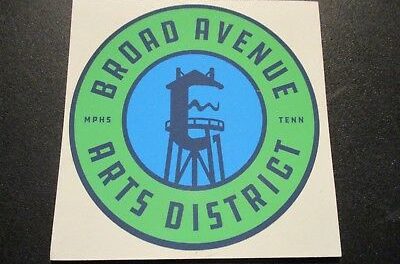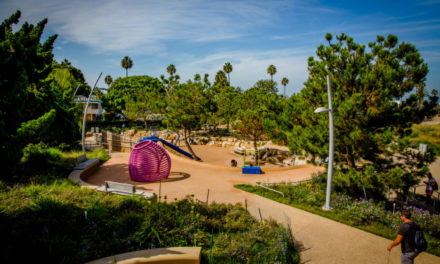From Next American City:
When the Barclays Center opened in Brooklyn earlier this month, its developer, Bruce C. Ratner, was the subject of enough hagiography that you would think he were an urban visionary on par with Frederick Law Olmstead or Daniel Burnham.
Long forgotten was the cold, placeless Metro Tech Center, which Ratner developed in the 1990s and eats up 16 acres of Downtown Brooklyn. Or the shopping malls and parking garages located across the country that have littered his decades-long career. Almost forgotten were the bitter legal battles, aesthetic disputes and traffic concerns about his development of Atlantic Yards — the largest development site in New York’s history.
Ratner and the Barclays Center were feted not only by opening acts like Jay-Z, but Mayor Michael Bloomberg, who went so far as to say that New Yorkers should thank the developer.
That Ratner is adored rather than reviled says something: We respect developers who are ambitious in terms of scale, not in terms of ideas. We assume successful megaprojects require millions in tax credits and eminent domain to get things done, but don’t press them to move beyond this economic model. This kind of relationship with powerful developers has led many cities to encourage any development they can find, at any cost.
But this is a short-sighted approach, and as cities rebound, they deserve better developers who can not only envision new forms of urban real estate, but new methods of financing those projects and new styles of execution. As an issue of Architectural Record recently demonstrated, a series of projects in Cleveland, Kansas City and Pittsburgh have all enhanced the local built environment by reimagining familiar typologies of housing, museums and even a mall. These projects show that you don’t have to cater to the lowest common denominator and the biggest budget to create an impact.

But in a precarious economy, many cities are still swayed by economic development deals that promise jobs and economic churn in the short term, but do little to further the city’s social or economic aspirations.
Witness North Broad Street in Philadelphia, a wide boulevard that sits at the midpoint between the Schuylkill and Delaware Rivers. Its location suggests it could be the city’s Oxford Street or Broadway; instead, most of North Broad suffers from a high rate of vacancy and little street life. Here two major real estate developers, Bart Blatstein and Eric Blumenfeld, suggest two distinct paths for real estate development in Philadelphia, and other cities like it. Blatstein wants to build a casino and entertainment complex here; Blumenfeld wants to leverage his investment in an apartment building to build a first-of-its-kind high school campus.
Their approaches to development, and the rationale that underpins them, couldn’t be further apart. Whatever happens on North Broad Street, however, is bound to have an impact not only on Philadelphia, but on peer cities struggling to encourage the best possible kind of development.
—
Bart Blatstein is best known as the developer of a massive mixed-used New Urbanist project in Philly’s Northern Liberties neighborhood that includes a pedestrian retail commons; an AIA-award-winning, glass-and-steel residential project with commercial space facing an enormous interior courtyard; and major commercial space including a supermarket and other large-scale retail. It would be hard to argue against the value of the Piazza (as the whole complex is widely known), or to overstate how much it has spurred investment in Northern Liberties.
Given the bold vision of the Piazza, the public was excited to hear that Blatstein had purchased several major buildings on North Broad, including one that housed the Philadelphia Inquirer and Daily News. But the Blatstein aesthetic of the housing boom days — fun, young and liberated from Philadelphia’s historical context — seems to have been replaced by a dark vision of how development will work in more austere times. Last week, Blatstein unveiled his plan for much of his property in the area, and his plan calls for a casino, hotel and entertainment complex that spans several blocks. Called The Provence, the $700 million project will include a jazz club, spa, comedy club and theater, as well as parking garages and private park with a shopping allée.
If the Piazza was a smart interpretation of Italian public spaces, Blatstein’s new project looks about as French as Euro Disney. But despite the corny name and looks, what’s most disheartening is Blatstein’s approach to development. Much like Atlantic Yards, The Provence ignores the neighborhood’s innate style and emergent culture. It relies upon projected job creation and consumer spending to justify its existence. It uses the unpardonable tactic of gambling to generate tax revenue. And instead of cultivating public space, it privatizes its amenities and shuns the streetscape.
To read more, click here.




